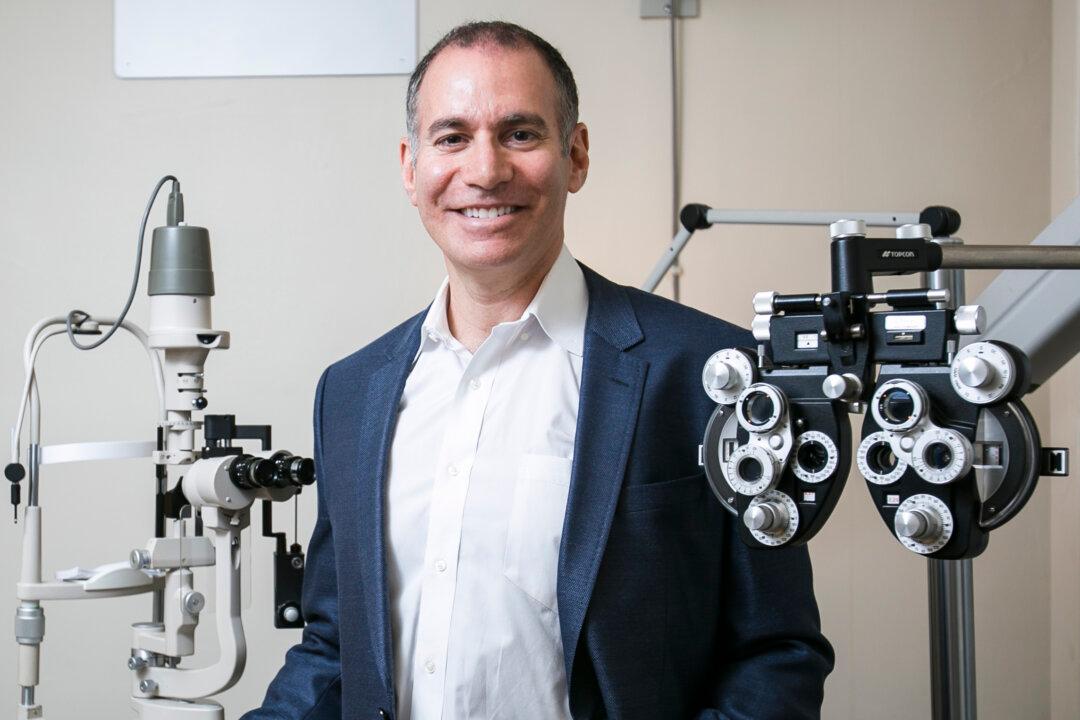As we age, our chances of developing a cataract become greater, but newer implantable lenses restore vision with less need for glasses afterward.
A cataract is a cloudy patch in the lens of the eye that blocks light. The lens, a normally transparent structure behind the iris and pupil, relaxes and contracts in order to focus light reaching the retina. A cataract can result in blurred vision and eventually blindness.
When a cataract is severe enough that eyeglasses and other vision aids cannot restore sight, surgery can be a good option. This surgery removes the cloudy lens and a clear, artificial lens called an intraocular lens (IOL) is implanted in its place.
IOLs help focus light coming into the eye and have a prescription tailored to patients’ needs. Prescriptions can restore near, far, intermediate vision.
The original type, called monofocal IOLs, correct vision for only one distance, and patients usually still need to wear glasses for various activities—such as reading (near vision) or driving (distance vision).






